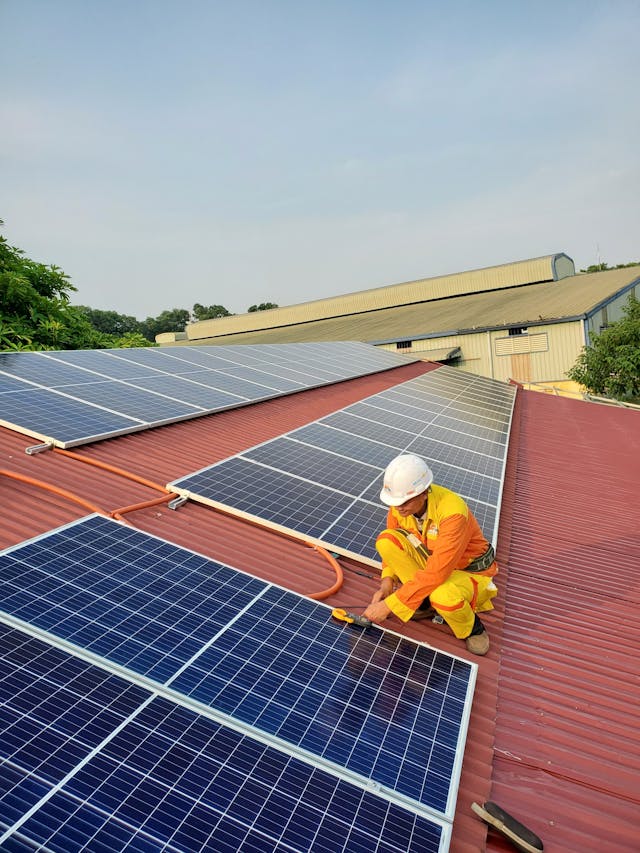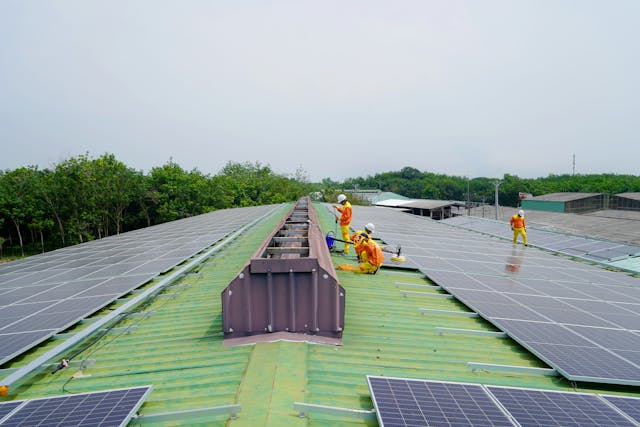As the demand for clean energy grows, solar technology continues to evolve at an impressive pace. Traditional silicon-based panels have long dominated rooftops and solar farms, but researchers and manufacturers are now developing advanced materials that push efficiency, durability, and affordability to new heights. When paired with modern energy storage options like Sungrow battery systems, these innovations are helping households and businesses unlock even greater value from their solar investment.
The limitations of conventional solar panels
Standard silicon solar panels have provided reliable performance for decades, but they face inherent efficiency limits. Most commercial panels convert around 15–22% of sunlight into usable electricity. While this is sufficient for many applications, it means a large amount of potential energy goes untapped. In addition, traditional panels can lose efficiency in low light conditions, under high temperatures, or as they degrade over time.

Emerging materials reshaping solar technology
The next generation of solar panels is being driven by breakthroughs in material science. Some of the most promising developments include:
– Perovskite solar cells: Lightweight, flexible, and cost-effective, perovskites have shown remarkable efficiency gains in laboratory settings, exceeding 25%. They can also be layered with silicon in tandem cells to achieve even higher conversion rates.
– Multi-junction cells: By stacking different light-absorbing materials, these panels capture a broader spectrum of sunlight, significantly improving efficiency compared to single-junction silicon panels.
– Thin-film solar panels: Using materials such as cadmium telluride or copper indium gallium selenide (CIGS), thin-film panels are lighter, more adaptable in shape, and perform better in diffuse light conditions.
– Organic photovoltaics (OPVs): Made from carbon-based compounds, OPVs are still in early development but offer exciting possibilities for low-cost, flexible, and even transparent solar applications.
Why efficiency matters
Higher-efficiency panels mean more energy generated per square metre – this is particularly important in urban environments where roof space is limited. Next-gen panels not only increase output but also reduce the time it takes to see a return on investment.When integrated with efficient storage solutions, households and businesses can store surplus power during the day and use it when demand peaks, further enhancing energy independence.

The role of storage in next-gen solar systems
Even the most advanced solar panels need effective storage to maximise their potential. By pairing panels with solutions battery systems, homeowners can capture excess solar power and reduce reliance on the grid during the evening or in cloudy weather. This synergy between generation and storage is at the core of Australia’s transition to a cleaner, more resilient energy future.
Looking ahead
As research accelerates, the gap between laboratory efficiency records and real-world products continues to shrink. Next-gen solar panels promise to deliver more power, longer lifespans, and greater affordability, making solar an even more compelling choice for households and businesses alike. By embracing new materials and pairing them with advanced storage, Australians can look forward to an energy landscape that is cleaner, smarter, and more sustainable.





